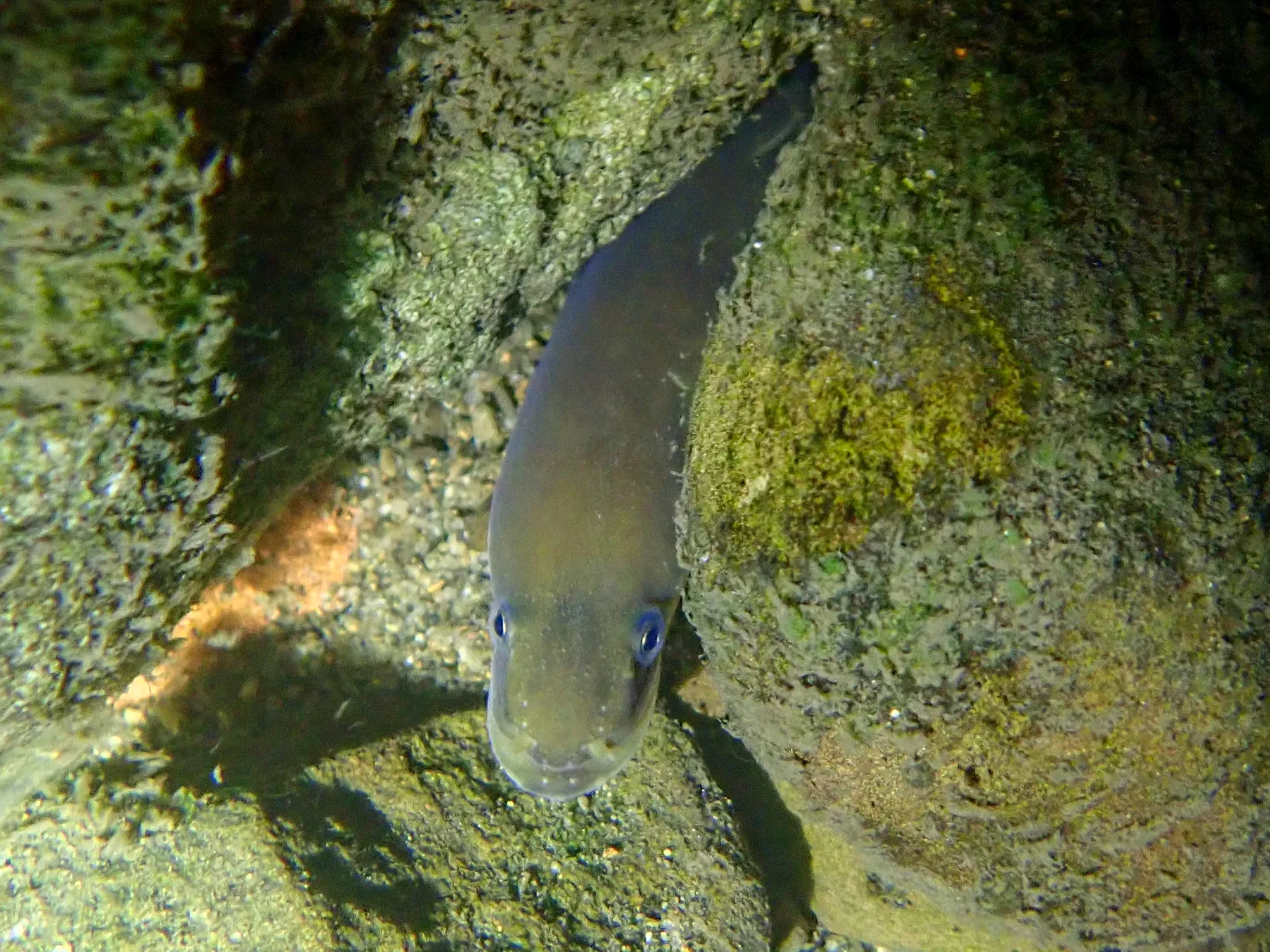

Exploring Recent Japanese Public Perception of Freshwater Eels of the Genus Anguilla Using Content Analysis of Newspaper Coverage
Assistant Professor Kazuki Matsushige of the Faculty of Environmental Science at Nagasaki University and Curator Yusuke Hibino of the Kitakyushu Museum of Natural History and Human History conducted a study on the conservation of freshwater eels of the genus Anguilla, a group of species currently experiencing a significant population decline.
Recognizing that effective conservation efforts require the public support necessary to drive to enhancement of policy measures by national and local governments such policies, they analyzed newspaper coverage and examined public awareness.
Their findings revealed that a particularly effective way to garner public support for eel conservation is to deliberately preserve the cultural and culinary value of eels as food, while also promoting accurate understanding of their population decline.
Japan has one of the highest consumption rates of freshwater eels, some of which are threatened by multiple factors, including anthropogenic activities. The level of public support for eel conservation should be affected by the Japanese public’s perception of eels, but little is known about this. Here, we conducted a content analysis of newspaper coverage in recent years to examine aspects of eels that potentially motivate people to conserve them and people’s perception of the eel population status. Our results suggest that Japanese people can be motivated to conserve eels for consumption, but some people appear to underestimate the population crisis because of shifting baseline syndrome; that is, people have become accustomed to a deteriorated population status. Of note, as interest in the eel catch, supply, and abundance trends may increase around specific days, such as Doyo Ushi no Hi, on which most Japanese people conventionally consume eel dishes, educational activities on these days would be effective at reinforcing public support. It was found that experience with eels in nature appeared to decrease more drastically than experience with eel dishes, and this has been suggested as one of the factors encouraging the progress of shifting baseline syndrome. These results have implications for determining appropriate approaches to encourage Japanese society to conserve wild eel populations. Future studies are needed to verify our results and their implications using more robust methods and to examine the transition pattern of the Japanese public’s perception of eels and the relevant factors affecting this perception.
Keywords: Anguillid eel, Conservation, Endangered species, Fishery management, Sustainable consumption

Journal: Aquatic Conservation: Marine and Freshwater Ecosystems
Title: Exploring Recent Japanese Public Perception of Freshwater Eels of the Genus Anguilla Using Content Analysis of Newspaper Coverage
Authors:
Kazuki Matsushige
Faculty of Environmental Science, Nagasaki University, Nagasaki, Japan
Yusuke Hibino
Kitakyushu Museum of Natural History and Human History, Fukuoka, Japan
Corresponding Author: Kazuki Matsushige
Publication Date: June 30, 2025
DOI: https://onlinelibrary.wiley.com/doi/10.1002/aqc.70164
For more details, please see the full article on Nagasaki University’s Academic Output SITE.